The Samsung Galaxy S22 (Exynos) is the junior model in the Korean company’s 2022 top-end S-series, and uses the same Exynos 2200 chipset as the flagship S22 Ultra. However, the S22 uses a smaller and lower-resolution display and doesn’t offer the larger device’s S-Pen stylus.
In the rear camera, the S22 drops the Ultra’s 10x long-range tele lens and the laser AF. There are also smaller sensors in the 3x tele and primary cameras. The latter also uses a 50MP sensor vs 108MP in the Ultra. Video specs are identical, and the S22 can record 8K video at 24fps and 4K at up to 60fps.
Let’s have a closer look at the test results.
Key camera specifications:
- Primary: 50 MP 1/1.56″ sensor, 1.0μm pixels, 85-degree field of view, f/1.8-aperture lens, OIS, Dual Pixel AF
- Ultra-wide: 12MP 1/2.55″ sensor, 1.4μm pixels, 120-degree field of view, f/2.2-aperture lens, Dual Pixel AF
- Tele: 10MP 1/3.94″ sensor, 1.0μm pixels, 36-degree field of view, f/2.4-aperture lens, 3x optical zoom
- 8K up to 24fps, 4K up to 60fps, 1080p at 60fps (tested at 4K/30fps)
- HDR10+ video (available as an option turned-off by default in advanced video recording settings, not tested)
About DXOMARK Camera tests: For scoring and analysis in our smartphone camera reviews, DXOMARK engineers capture and evaluate over 3000 test images and more than 2.5 hours of video both in controlled lab environments and in natural indoor and outdoor scenes, using the camera’s default settings. This article is designed to highlight the most important results of our testing. For more information about the DXOMARK Camera test protocol, click here. More details on how we score smartphone cameras are available here.
Test summary
Scoring
Sub-scores and attributes included in the calculations of the global score.
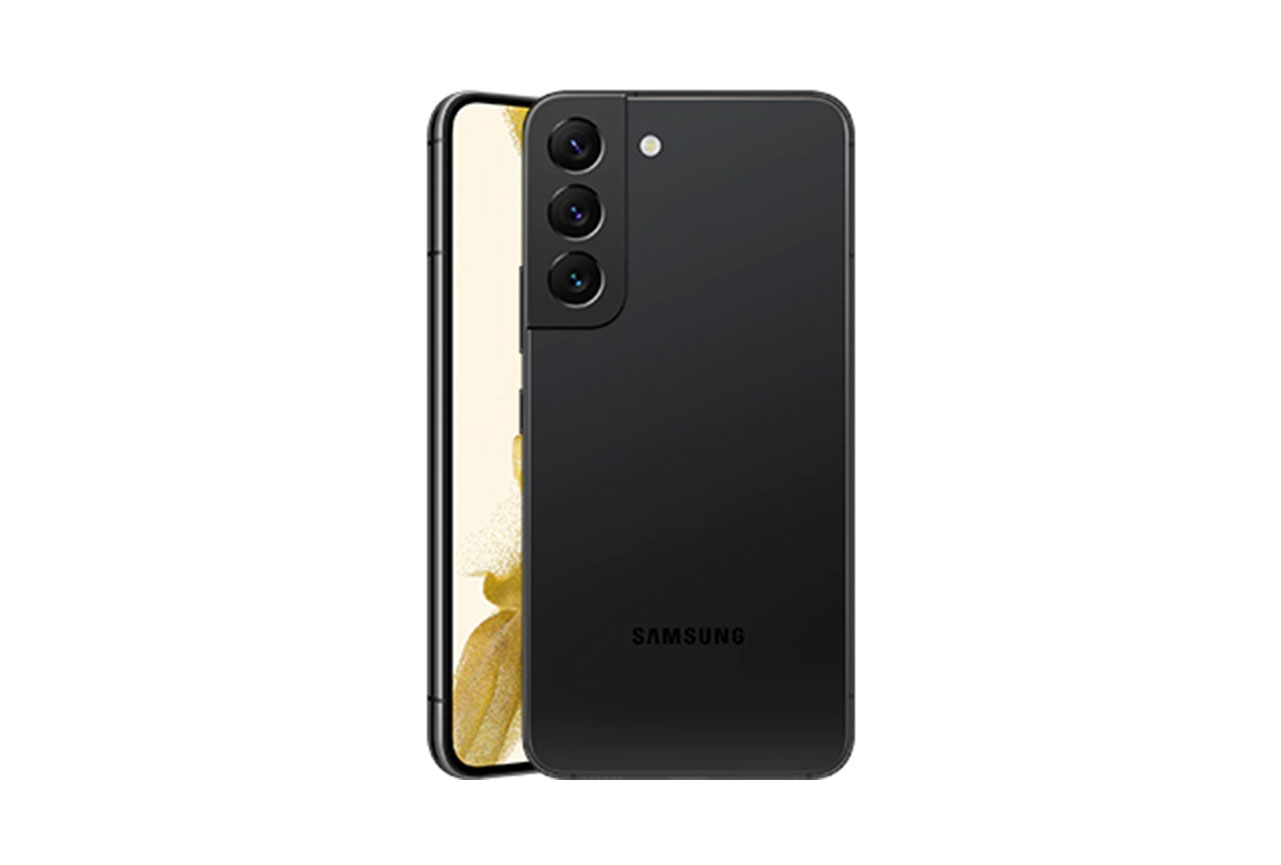
Samsung Galaxy S22 (Exynos)


Use cases & Conditions
Use case scores indicate the product performance in specific situations. They are not included in the overall score calculations.
Outdoor
Photos & videos shot in bright light conditions (≥1000 lux)
Indoor
Photos & videos shot in good lighting conditions (≥100lux)
Lowlight
Photos & videos shot in low lighting conditions (<100 lux)
Friends & Family
Portrait and group photo & videos
 106th
106th 20th
20thPros
- Good exposure and wide dynamic range
- Low noise levels in low light
- Good white balance
- Good exposure and high detail in flash shots
- Nice color in tele zoom shots and good exposure on the ultra-wide camera
- Natural bokeh effect
- Good exposure and wide dynamic range in indoor and outdoor video
- Nice color and skin tones in video
- Effective video stabilization when walking while recording
Cons
- Luminance noise in bright light and indoor conditions
- Slow autofocus
- Loss of fine detail and corner softness
- Image artifacts, including ringing, ghosting and hue shift
- Lack of detail in short-range tele shots
- Noise in video clips
- Lack of dynamic range and white balance casts in low light video
- Unstable video autofocus in indoor recordings and low light
- Strong ringing artifacts in video
With a DXOMARK Camera score of 126 the Samsung Galaxy S22 (Exynos) camera does an excellent job, earning itself a place among the best in the Premium segment. Compared to last year’s S21+, the new device offers improvements in most areas, making it a great performer in its price segment. However, there are also a few niggles to be aware of.
When shooting still images, the camera offers very nice and vivid color with accurate white balance. Exposures are usually accurate, and a wide dynamic range ensures good detail in highlight and shadow areas alike. However, just like the flagship S22 Ultra, noise management and detail rendering are not quite on the level of the very best. Our testers also noticed some autofocus problems in low light in the lab, which also had a negative impact on our texture measurements.
In the lab measurements below, the S22 registers lower detail than the comparison devices at all light levels, on the tripod as well as handheld.
DMC detail preservation metric is an AI-based texture analysis trained on three selected crops of our DXOMARK chart. The closer the value is to 100 the higher is detail preservation.
In night conditions, the Galaxy S22 produces images with good exposure and detail when the flash triggers. Pictures taken in bokeh simulation mode feature a natural-looking bokeh effect, with accurate subject isolation from the background and good color rendering.
When shooting with the ultra-wide camera, the S22 performs just like the S22 Ultra, with good target exposure in most conditions. Given the identical specs of the ultra-wide cameras that’s not really a surprise.
When zooming into the distance, the camera does well in terms of exposure and color at all ranges. Overall, it’s a slight improvement over last year’s S21+ in those areas. It’s also slightly better than the S21+ in terms of detail, and very close to the S22 Ultra at close and medium range. However, long range, the lack of the Ultra’s 10x zoom lens means a lower level of detail.
When measuring resolution in the lab, we can see that at close and medium range tele, the S22 is very close to the flagship model S22 Ultra. However, at long-range tele, the latter can make use of a dedicated 10x tele camera, allowing it to capture noticeable better detail than the Galaxy S22 base model.
When recording video, the S22 does well in bright light and under indoor conditions. Its dynamic range is wide and like the best in class iPhone 13 or the S22 Ultra, the S22 is capable of capturing good highlight detail in difficult high-contrast scenes. Performance is less impressive in low light, though, with frequent highlight and shadow clipping. Color is generally nice with accurate white balance unless you record in low light. Noise is an area for improvement and is already quite intrusive in bright light videos. It becomes more problematic as the light gets dimmer.
In this sample clip, we can see the Galaxy S22’s wide dynamic range, with good highlight retention in the bright window. The camera struggles a little with focusing on the people on the sofa. There is some focus breathing, and overall the S22’s video autofocus is not quite on the same level as the Ultra. Stabilization artifacts and frame shift can be observed as well. Noise is quite intrusive around the 40-sec mark, especially when there is motion and on areas of plain color, such as the walls.


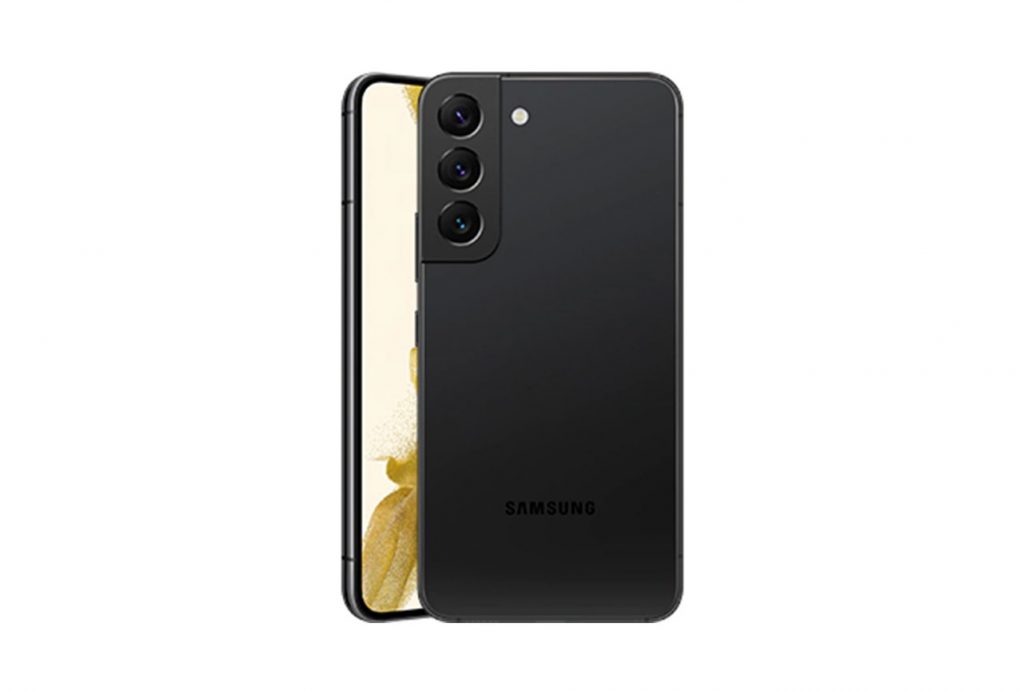



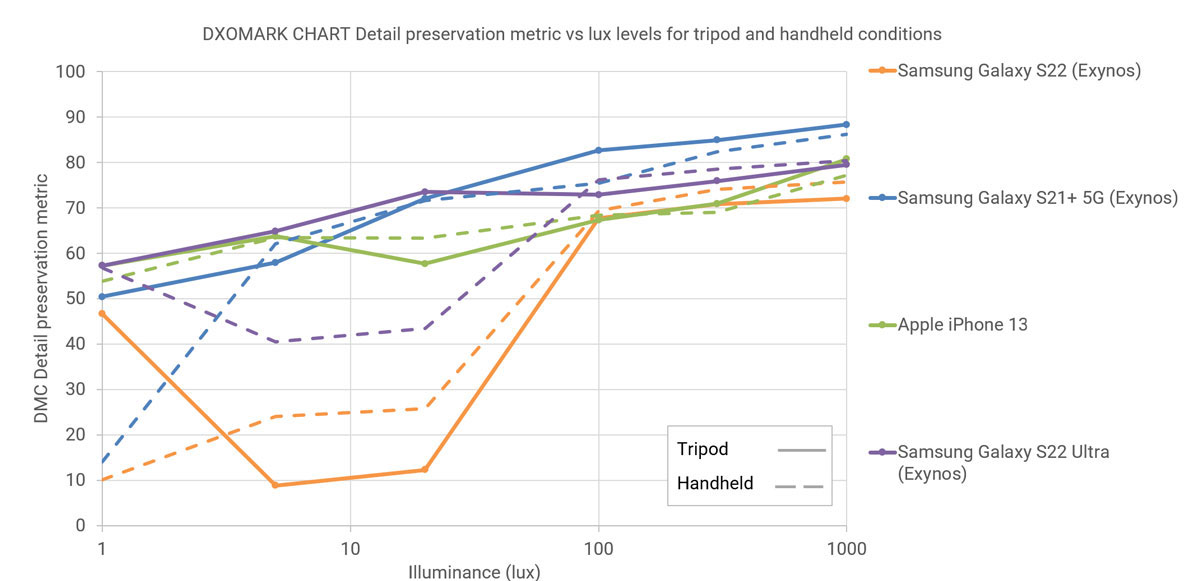


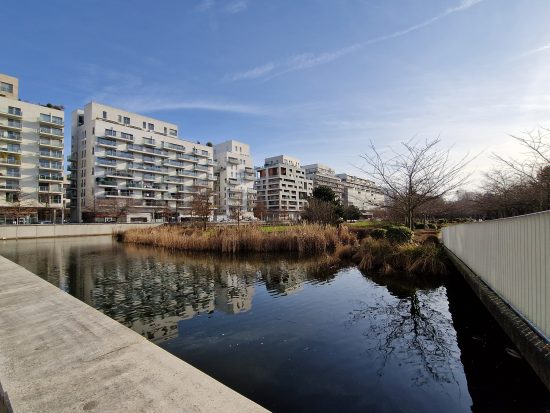

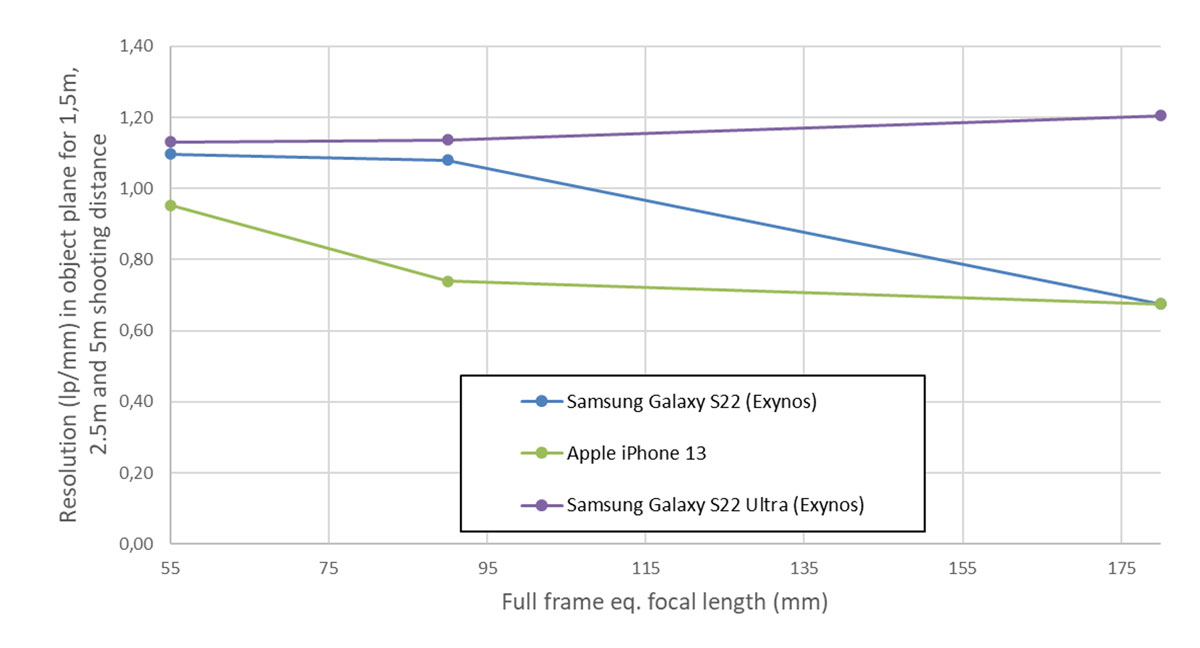
DXOMARK encourages its readers to share comments on the articles. To read or post comments, Disqus cookies are required. Change your Cookies Preferences and read more about our Comment Policy.